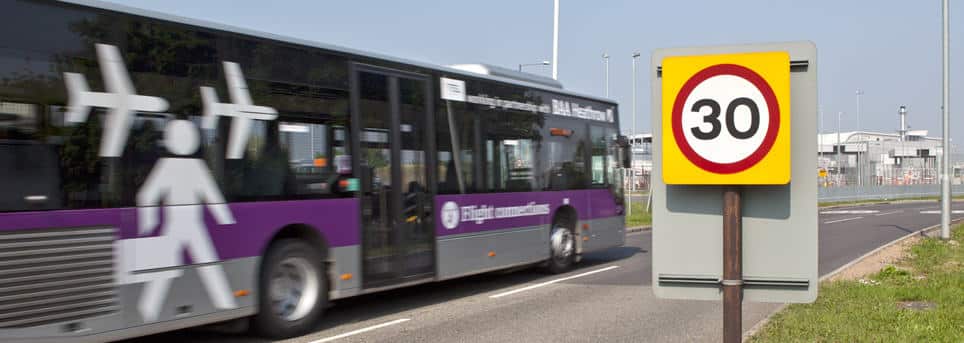The Challenge
The client, Heathrow Airport Limited (HAL), had two challenges facing their Inter Terminal Passenger Coaching Operations at Heathrow. Firstly, the operation was due for re-tender, and the client had no previous information about the service on which to base their criteria for judging new tenders. They were also facing a huge increase in operations in Terminal 3, as BA’s acquisition of British Midlands meant a three-fold increase in flights at the terminal. With this in mind, they asked us to create a database and simulation that would enable them to judge the scale of the operations from 2014 onwards.
The Solution
AiQ created a Stochastic model to understand the fluctuations and variations that surround a typical day’s activity at Heathrow. Taking a season’s worth of Big Data, our statistical model collated every flight connection in the airport, along with passenger profiles, coach journeys and more. We then ran the simulation over 100 times, in the Monte Carlo method, in order to incur as many variations of the programme as possible.
Although the client expected to need a significant increase in demand, and therefore vehicles, staff and related maintenance, we were able to demonstrate that deploying coaches from previously under-utilised routes would improve the efficiency of the operation. We were able to recommend this by changing how they perceived risk and their SLA commitments. For example, simply by adjusting a bus route to run every 12 minutes instead of every 10, meant that they could free up vehicles from the fleet to work in busier areas without a negative impact on passenger experience.
The Benefit
Our holistic approach to problem solving within airports allows us to view operations differently – by basing the optimum running times for coaches on the appropriate level of risk, we were able to advise our client on the most efficient schedules for their operation. The simulation also provided a huge benefit to the client, as previewing the changes before they took place, and within many different scenarios, gave our client added peace of mind – they could gauge for themselves the implications of the changes, before putting them into operation.
Our Stochastic model, and the information derived from it, meant that HAL will be able to maintain the current size of the fleet despite the increase in flights, and keep within their Service Level Agreements. Where they were expecting to have to invest millions of pounds in the operation, we were able to prove that they could keep running the same size of fleet despite the change in operations.
- Prevented unnecessary investment costs
- Use of data and simulation to provide effective capacity planning
- Smooth efficient operations
- Reduced vehicle queuing at peak operating times
- Resource utilisation increased
- Improved passenger customer service and airport experience
- Guaranteed long-term utilisation

